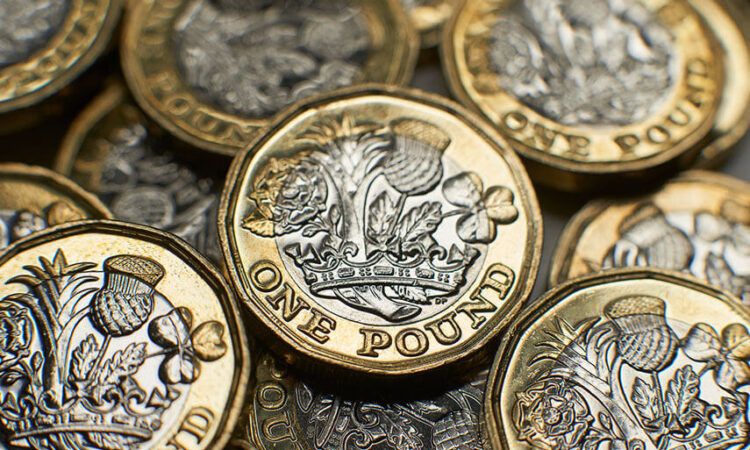
The Economist’s Big Mac Index offers an easy way to show how currencies measure up by comparing the price of a McDonald’s Big Mac in various countries. In January this year, a Big Mac cost £3.79 in the UK versus $5.36 in America.
Based on exchange rates and the assumption that goods should cost roughly the same in both countries, this suggests the pound was around 13% undervalued at the start of the year4. Sterling’s 2.5% rise against the dollar since the Index was last calculated suggests a substantial gap remains.
Where next for the pound?
Markets are clearly betting that interest rates in the US will come down sooner than in the UK.
Whereas US consumer price inflation has fallen quite sharply since the spring, inflation remains far stickier in the UK. Last week’s “shock” inflation report showing the CPI remaining stuck at 8.7% in May comes as the latest prop for the pound5.
In view of this, and the remaining gap in purchasing power, the pound could rise further in the short term. After that though, it’s hard to envisage the UK being able to unseat the US as a powerhouse for growth and value creation. As a result, dollars may be the better longer term bet.
What this means for investors
The UK stock market is famously exposed to overseas earnings – more than 75% in the case of the FTSE 100 and around a half for the FTSE 250. That means, in reality, buying British often means buying global6.
Ashtead and Ferguson are prime examples of UK listed companies that earn most of their revenues in US dollars. These days, neither company has a great deal to do with the UK economy and both benefit from a strong dollar.
Even UK businesses selling goods mainly to UK customers – take B&M European Value Retail and Next for example – have a foreign currency exposure, since they source a substantial proportion of their goods from overseas. For them, a strong pound is generally a good thing.
One of the consequences of this is that UK investors have the opportunity to allocate some of their money overseas, with only a limited increase in effective currency risk compared to investing in UK companies alone.
Funds denominated in dollars
Many funds that are sold internationally are priced in dollars, sometimes even when some of the underlying assets are in other currencies.
The point to remember here is that the value of the underlying assets that a fund holds determines its worth to an investor, rather than the currency the fund is denominated in.
The dollar price of a fund will fall when the dollar goes up (fewer dollars needed to buy one fund unit) but the value of the fund to investors in other currencies will rise by the same amount (all other things being equal).
What this means in practical terms is that you can invest in funds denominated in any currency, not just sterling, without taking on additional currency risk.
Source:
1 Bloomberg, 26.06.23
2 Bloomberg, 26.06.23
3 New York Times, 17.04.07
4 The Economist, 26.09.23
5 ONS, 21.06.23
6 FTSE Russell, 2017


